HOW TO APPLY FOR A JOB WITHOUT A CV 2025
If you landed here, you’re probably asking: What’s changed about applying for jobs in 2025? The short answer: automation, AI, and noise. The smart answer: with the right CV, format, and outreach strategy you can still stand out — and I’ll show you exactly how to apply for a job with CV in 2025, step-by-step, with templates and real-world tactics that work today.
Throughout this guide I’ll explain the technical realities (ATS & recruiter behavior), the human realities (networking, follow-up), and give you copy/paste-ready templates: email, LinkedIn message, and a one-page CV checklist. I’ll also sprinkle in up-to-date data so you make decisions with context, not guesswork.
Quick stats you should know (short and useful)
- Most large employers use applicant tracking systems (ATS): widely reported figures show around 75% of recruiters rely on ATS or recruiting tech; nearly all Fortune 500 companies use ATS. (blog.hiringthing.com, selectsoftwarereviews.com)
- Recruiters typically spend only 6–8 seconds on a CV’s first pass, so scannability is critical. (Indeed, StandOut CV)
- A typical corporate job posting still attracts many applicants — Glassdoor reported roughly 250 resumes on average for a corporate posting. Standing out matters. (blog.hiringthing.com)
- AI and automation are accelerating recruitment processes (and changing how CVs are screened). LinkedIn’s recruiting reports highlight rapid adoption and optimism about generative AI’s impact on hiring workflows. (business.linkedin.com)
- The labor market in 2025 has tightened in places and hiring timelines have slowed; expect more competition and longer processes in many sectors. (Wall Street Journal, Business Insider)
How to apply for a job with CV in 2025 — the 17-step system
HOW TO APPLY FOR A JOB WITHOUT A CV 2025
Use these steps as a checklist when you apply. Follow them in order: some you do once (build a master CV), others you repeat per role (customize, submit, follow up).
1) Start with a master CV (your living document)
HOW TO APPLY FOR A JOB WITHOUT A CV 2025
Create a single master CV that contains every role, accomplishment, tool, certification, and project you’ve done. Use clear headings, dates, and bullets. Keep this file as your reference for tailored versions.
Why: You’ll reuse sections, keywords, and measurable achievements instead of recreating from scratch every time.
2) Choose the right CV format for 2025
Three formats still work:
- Reverse-chronological (default) — best for stable work histories.
- Functional/skills-based — useful for career changers but use sparingly (can trigger recruiter skepticism).
- Combination (hybrid) — skills summary + reverse-chron work; great when you need skills up-front for ATS and human readers.
Tip: For most corporate roles in the US/UK/Canada use reverse-chron with a short skills summary at top.
3) Use an ATS-friendly layout
HOW TO APPLY FOR A JOB WITHOUT A CV 2025
Many employers filter resumes with ATS software. To pass ATS:
- Use standard headings: Work Experience, Education, Skills, Certifications.
- Avoid fancy templates with images, text boxes, or unusual fonts. Plain but well-structured Word or PDF is safest.
- Use bullet points, short lines, and avoid headers/footers for critical info (some ATS ignore them).
Evidence: Recruiters and HR surveys indicate heavy ATS usage across large employers and recruiting teams. Match your CV to how the software “reads” documents. (blog.hiringthing.com, Jobscan)
4) Keyword-optimize — but don’t keyword-stuff
If the job description repeatedly mentions “customer success,” “Python,” or “account management,” mirror those exact terms naturally in your CV’s skills and experience. Jobscan-style surveys show recruiters use keyword filters heavily, especially on skills and job titles. (Jobscan)
Do this:
- Include a short “Skills” section with 6–12 keywords.
- Use those keywords in context inside bullet points (e.g., “Managed 12 enterprise accounts using Salesforce to increase renewal rates by 18%.”)
5) Make your CV scannable in 6–8 seconds
HOW TO APPLY FOR A JOB WITHOUT A CV 2025
Recruiters glance quickly. Put the most relevant info at the top:
- Title line beneath your name: “Senior Product Manager — B2B SaaS, 8+ yrs”
- One-line impact summary (2–3 short sentences)
- Top 3–5 achievements (quantified)
Studies show recruiters spend only a few seconds on initial CV scans, so highlight outcomes and metrics. (Indeed, StandOut CV)
6) Numbers > adjectives
Say “Saved \$240K by renegotiating vendor contracts” rather than “strong negotiator.” Use concrete numbers, percentages, or timeframes wherever possible.
7) Tailor, then tailor again (per application)
For each role:
- Pull keywords from the job ad into your CV.
- Reorder your bullet points so the top 3-4 bullets match the job’s top requirements.
- Swap the professional summary to align with the role.
Time investment: 15–30 minutes per targeted application pays off compared to mass-applying.
8) Keep a one-page CV for early-career — two pages for senior roles
If you’re entry-level, one page is ideal. For senior roles (10+ years), two pages are acceptable. Always keep most important info on the first page.
9) Use a clean file name and submission format
File name: Firstname-Lastname-Role-CV.pdf (example: Aisha-Khan-MarketingManager-CV.pdf). Save as PDF unless the job specifically requests Word.
Why: Clean naming shows professionalism and reduces confusion when multiple resumes land in a recruiter’s inbox.
10) Write a concise application email or cover letter
HOW TO APPLY FOR A JOB WITHOUT A CV 2025
Not every role needs a long cover letter. A short, targeted pitch works best:
- 3–4 short paragraphs or 150–250 words.
- First sentence: why you’re a fit now.
- One quick achievement that matches the role.
- Close: thank you + call to action (ask for time or mention looking forward to next steps).
Use the subject line: Application — [Job Title] — [Your Name] or Senior Analyst Application — John Smith.
Email template (copy/paste):
Subject: Application — [Job Title] — [Your Name]
Hello [Hiring Manager Name],
I’m excited to apply for the [Job Title] role at [Company]. With [X years] in [relevant field] and a track record of [key achievement, metric], I’m confident I can help [company goal you identified]. I’ve attached my CV and a brief portfolio/sample (if applicable).
Thank you for considering my application — I’d welcome the chance to discuss how I can contribute.
Best regards,
[Your Name] | [Phone] | [LinkedIn URL]
11) Apply where the person is (LinkedIn, company site, referrals)
- If possible, apply via referral — referred candidates are more likely to be screened.
- Use LinkedIn Easy Apply cautiously (some ATS metadata is lost). If you can, apply on the company’s careers page or via an email to the hiring manager.
- For competitive roles, a direct LinkedIn message to the hiring manager or recruiter with a 2-line pitch + CV can work wonders.
LinkedIn’s recruiting reports show AI tools and direct sourcing growing — recruiters increasingly combine automated sourcing with human outreach. (business.linkedin.com)
12) Track your applications like a pro
Use a simple spreadsheet or a tool (Trello, Airtable, or a job search tracker). Track:
- Company, role, application date, method (LinkedIn/company email), status, follow-up date, and notes (who you messaged).
Why: Longer hiring timelines in 2025 mean you’ll need to follow up and manage multiple open processes. (Wall Street Journal)
13) Follow up — but don’t pester
If you applied and haven’t heard back after 10–14 business days:
- Send a short follow-up (1–2 lines) reminding them of your interest.
- If you connected with someone on LinkedIn, leave a polite message there instead of multiple emails.
Follow-up template:
Hi [Name], I applied for [Job Title] on [date] and wanted to confirm my interest. I’d welcome a brief conversation if it helps — happy to share more about how I can deliver [key benefit]. Thanks for your time. — [Your Name]
14) Build a short portfolio or project one-pager (even for non-design roles)
A 1–2 page PDF that shows key projects, metrics, and context can differentiate you. Link it in your CV under a header like Selected Projects.
15) Optimize your LinkedIn (and personal web presence)
- Keep headline concise and keyword-rich:
Data Analyst | SQL, Python, Tableau | $Xm cost-savings. - Have a concise About section that mirrors your CV’s top achievements.
- Recruiters use LinkedIn extensively for sourcing; make it easy for them to see your fit. (business.linkedin.com)
16) Prepare for video and AI-screening
Some employers use video interviews and AI-driven pre-screening. Be ready:
- Clear webcam, good lighting, short concise answers.
- Practice common prompts and have 3–4 STAR stories ready: Situation, Task, Action, Result.
17) Never stop improving — iterate based on outcomes
If you’re not getting interviews:
- Test changes: new CV summary, different keywords, or alternative application channels (network, direct outreach).
- Keep an “A/B test” log — try two versions of the CV for similar roles and compare responses.
Sample CV structure (ATS-friendly — copy this order)
- Name, city & country, email, phone, LinkedIn URL
- Title line (1-2 words + industry)
- 2–3 sentence summary (what you do + outcomes)
- Key skills (bulleted or comma-separated)
- Work Experience (Company — Role — Dates) — 3–6 bullets each, start with result/metric
- Education (degree, institution, year)
- Certifications & tools (e.g., PMP, AWS, Excel advanced)
- Selected projects or portfolio link
Common mistakes that kill your chances
- Overly designed CVs that break ATS parsing.
- Generic applications — no tailoring to the role.
- No quantifiable results.
- Long blocks of text — recruiters scan, don’t read novels.
- Missing contact info or broken links.
Example: How to apply for a job with CV in 2025 — a real micro-workflow
- Read the job ad and highlight the top 6 skills/requirements.
- Pull the best 6 keywords into a “Skills” section and sprinkle them into two bullets in your most recent role.
- Rename PDF:
Jane-Doe-OperationsManager-CV.pdf. - Submit on company site, then message the recruiter on LinkedIn with a one-liner and attach the CV.
- Track in your spreadsheet and schedule follow-up in 12 business days.
Email and LinkedIn message templates
LinkedIn outreach (short):
Hi [Name], I noticed you’re hiring for [Job Title] at [Company]. I’ve applied via your careers page and have [X years] in [skill] with measurable results (e.g., increased X by Y%). Happy to share a short portfolio if helpful — would you be open to a quick chat? Best, [Your Name]
Cover letter opening (concise):
Dear [Hiring Manager], I’m excited to apply for [Role]. At [Previous Company], I led [project/initiative], delivering [result]. I’m eager to bring that experience to [Company] where I can help [what you can improve].
Application tracking template (columns to copy into a spreadsheet)
- Company | Role | URL applied | Date applied | Method (LinkedIn/company) | Contact name | Status | Follow-up date | Notes
Frequently Asked Questions (FAQ)
Q: Should I use ChatGPT to write my CV in 2025?
A: Use it as a drafting tool, but always edit. AI can help polish wording and suggest achievements, but do not let it invent specifics or metrics — those must be accurate.
Q: Should my CV be one or two pages?
A: Entry-level → 1 page. Senior → 2 pages max. Put crucial info above the fold.
Q: Do recruiters notice cover letters?
A: Many still read short, targeted cover letters — especially for mid/senior roles or where cultural fit matters. Keep them concise and specific.
Quick CV checklist (copy/paste)
- [ ] File named
Firstname-Lastname-Role-CV.pdf - [ ] Title line & 2–3 sentence summary present
- [ ] Top 6 keywords from job ad used naturally
- [ ] 3–4 bullets per recent role, with at least one metric each
- [ ] Skills section (6–12 keywords) included
- [ ] LinkedIn URL and contact info present
- [ ] PDF saved and opened to confirm formatting
Useful resources & further reading
- Jobscan: ATS tips and recruiter survey insights (keyword optimization). (Jobscan)
- LinkedIn: Future of Recruiting reports on AI and hiring trends. (business.linkedin.com)
- Indeed: research on how long recruiters glance at CVs and best practices. (Indeed)
- Glassdoor & hiring reports: average resumes per job post and application funnel statistics. (blog.hiringthing.com)
- Industry news: hiring market trends and macro hiring slowdowns in 2025. (Wall Street Journal, Business Insider)
Final notes: one simple principle to win in 2025
Be both machine- and human-friendly. Use clear, ATS-friendly structures and keywords so your CV gets through the first screen — then design the top of your CV and your outreach to speak directly to a human (metrics, context, and a concise story). Combine both and you’ll dramatically improve your chances of turning submissions into interviews.
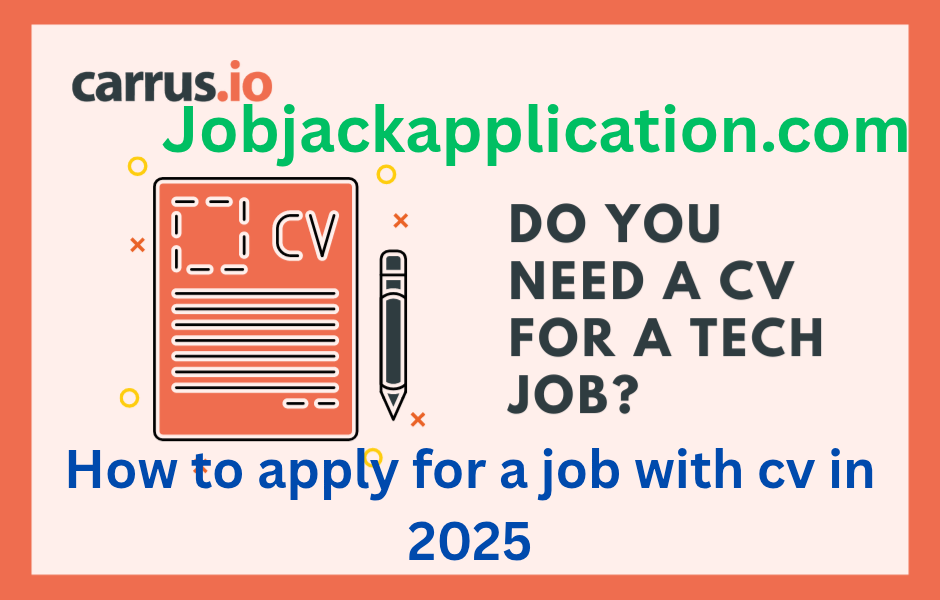
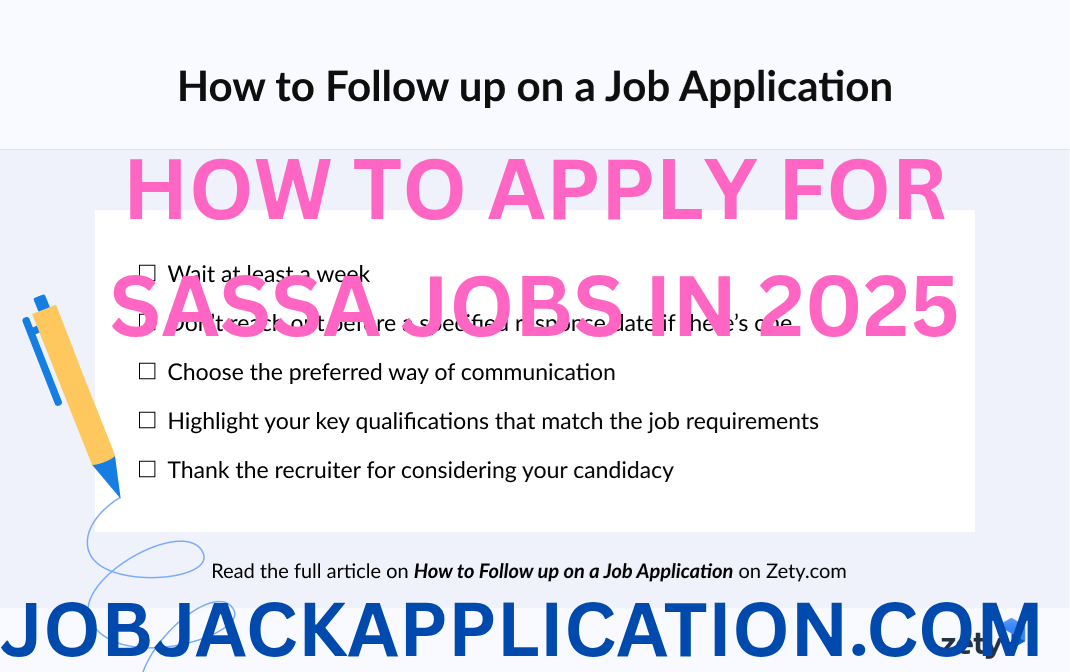

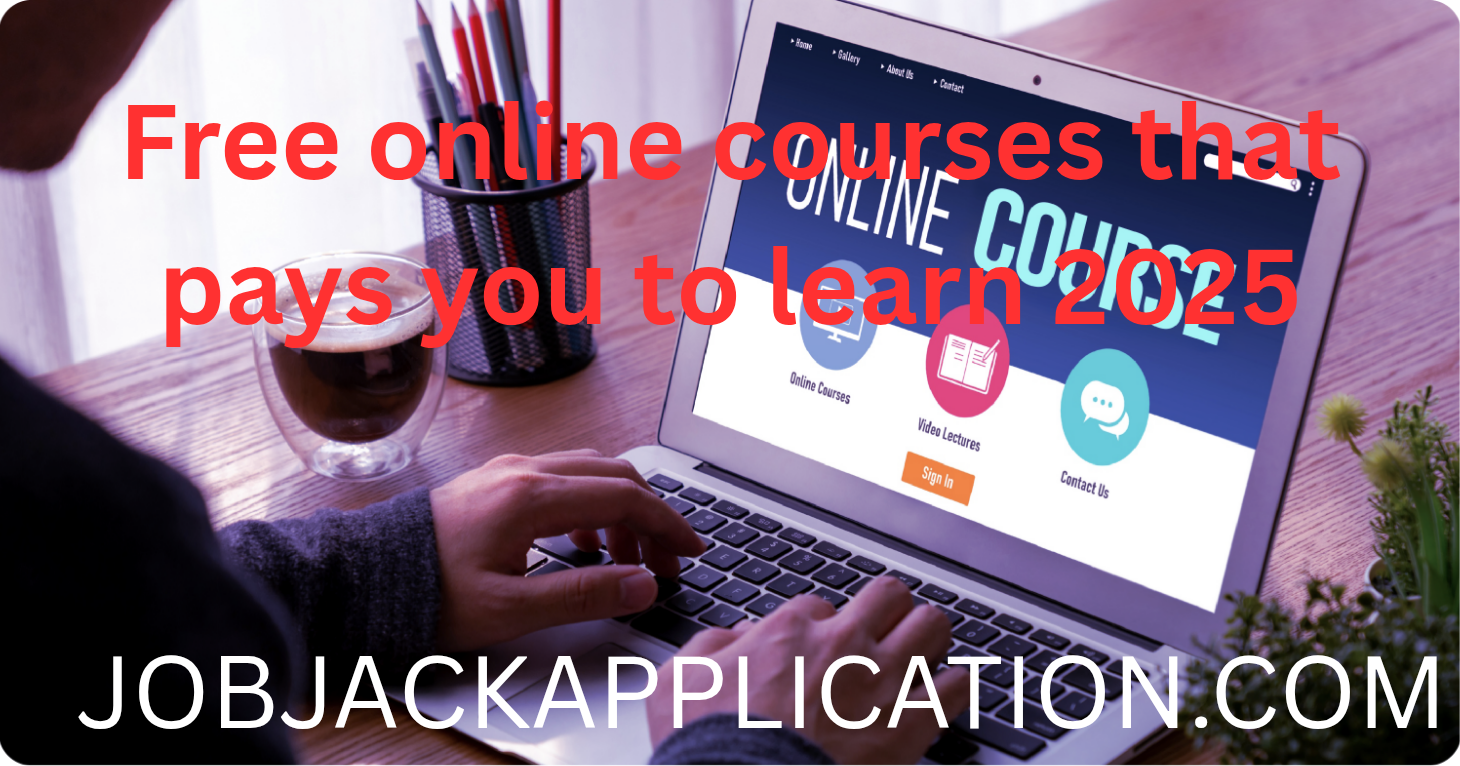
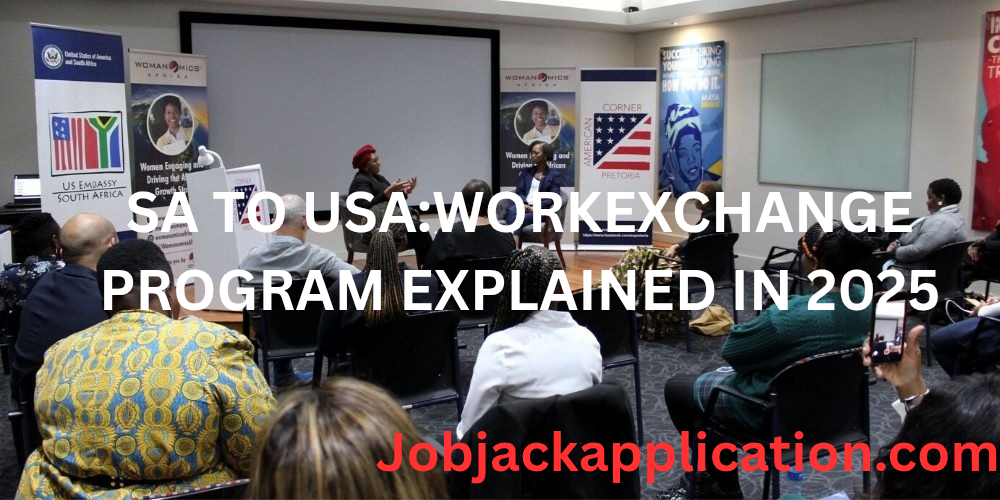
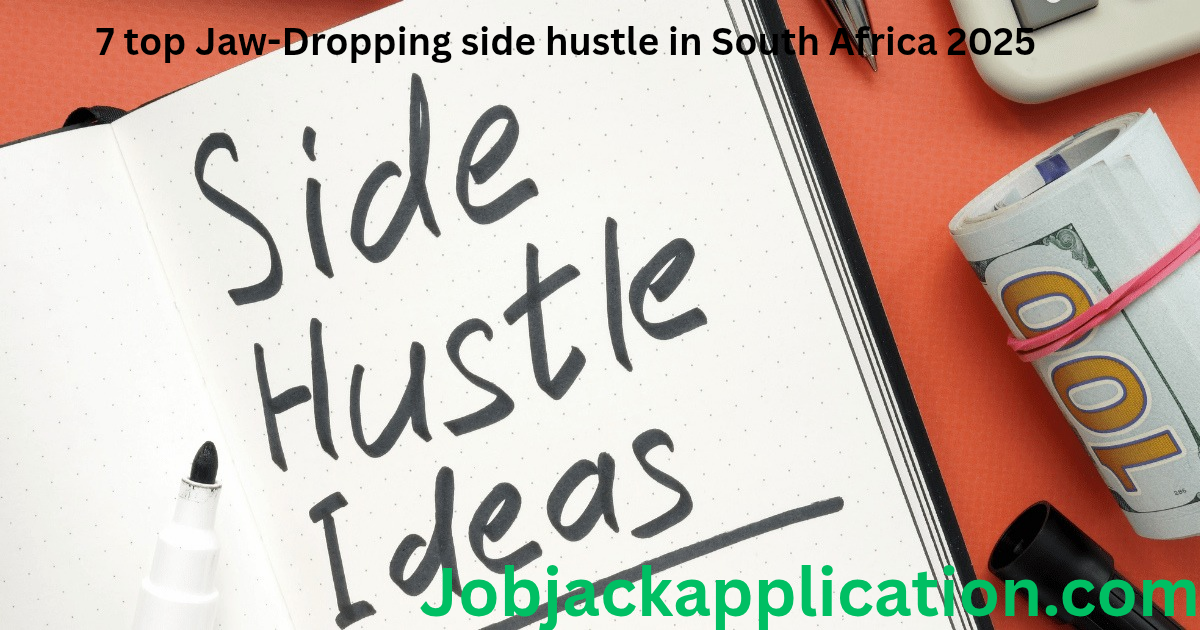


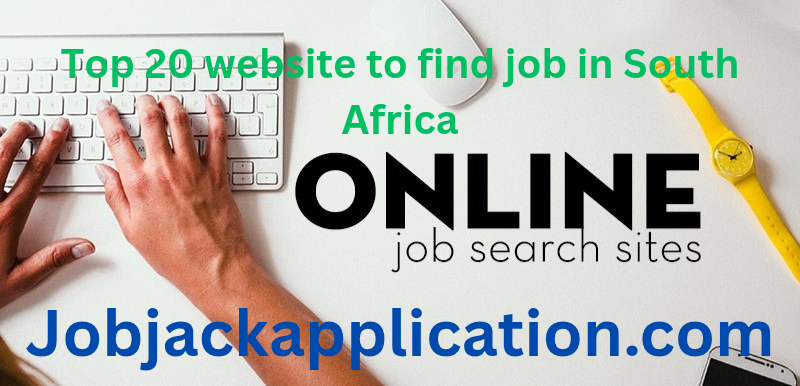
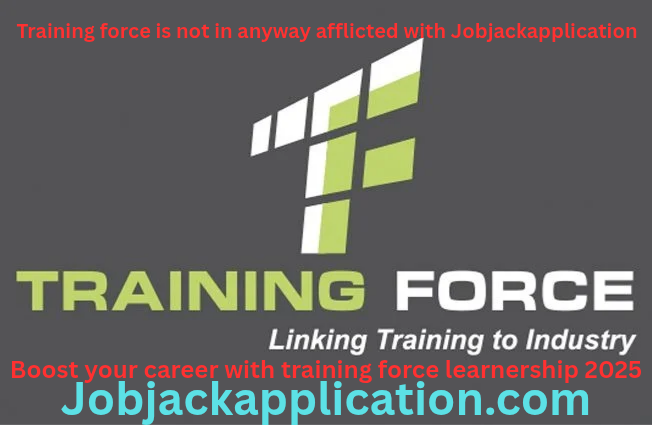
Leave a Reply